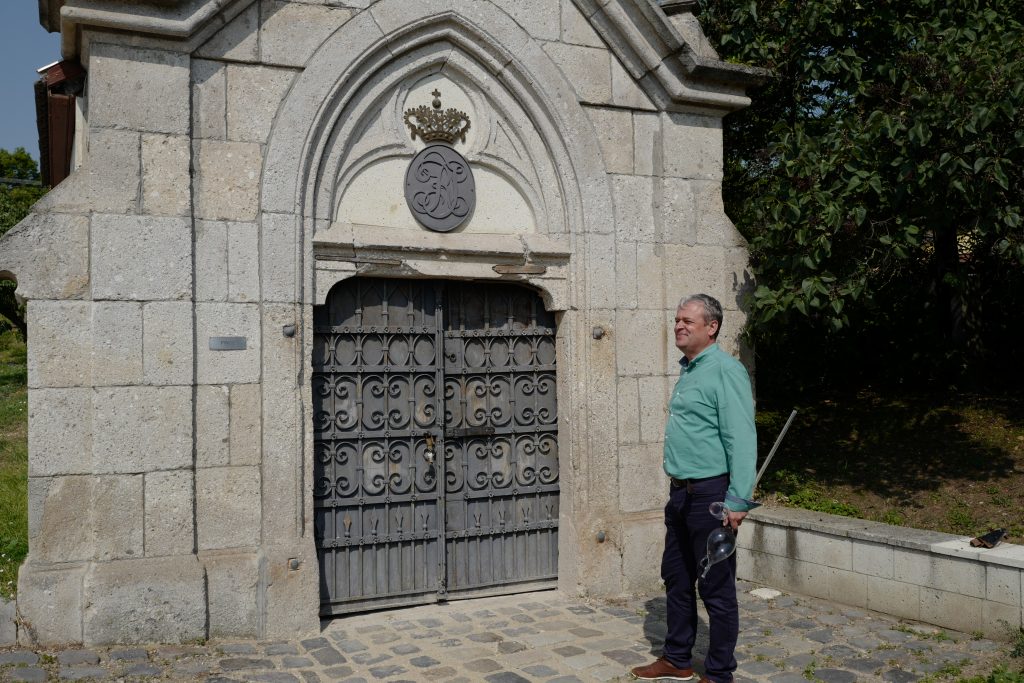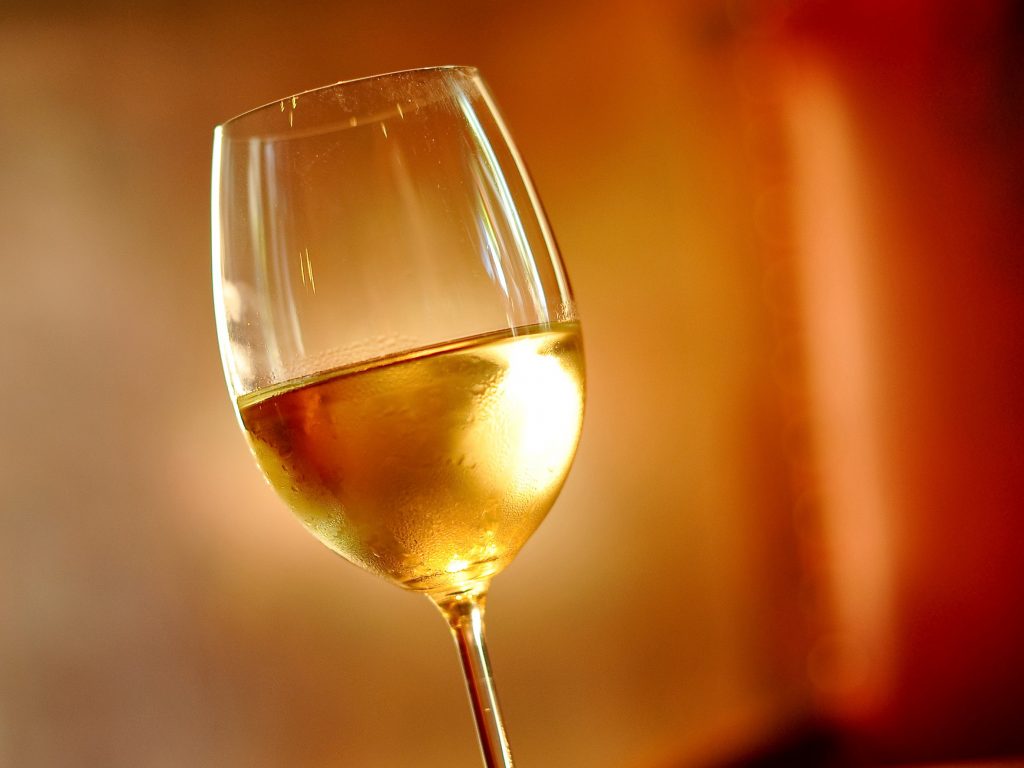From Mythic Origins to Modern Allure, Hungary’s Royal Tokaji Wines
Harvesting aszú berries for sweet wines one simply must try

Two hours east of Budapest, where the Great Hungarian Plain meets the Zemplén mountains (a precursor to the Carpathians), furmint and yellow muscat grapes grow from volcanic soil in well-attended rows. After fog collects, but before the sun burns it all way, a “noble rot” takes over the fruit—and something rather special is born. This is Hungary’s Tokaji wine region and the nectar produced is one of exceptional merit—and centuries of lore. It’s referenced everywhere from the Hungarian National Anthem to Bram Stoker’s Dracula and even an episode of Mad Men. But despite its origins predating 1571, it’s a relatively small player in today’s global wine market. People need to be reminded that Louis XIV referred to it as the “Wine of Kings, King of Wines,” because something magical exists in each bottle. And no brand embodies the ethos and excellence of the terroir quite like Royal Tokaji. In the midst of dry wines lauded with acclaim, Royal Tokaji produces sweet wines that tap into a type of wonder that so many wine lovers can appreciate.

Here, two rivers, ancient volcanoes turned into mineral-rich foothills and the Zemplén range unite for a microclimate and growing conditions unlike any other. A long and sun-filled autumn aids an extended harvest, but it’s truly the grapes that define Tokaji. Noble rot, properly known as botrytis, is a beneficial form of fungus that begins to concentrate the sugars in a grape as it dries out—kind of like a raisin. These botrytised grapes are called aszú and they are plucked by hand, as workers go through the vineyards time and time again over the course of several months. To initiate fermenation, the juice from these grapes is added to a base wine. Several styles are thus initiated.

Royal Tokaji was founded in 1990. Founder Hugh Johnson, an acclaimed wine historian and industry leader, pulled together 60 vineyard owners with 107 hectares of land. They are partners and the quality of aszú grapes they deliver stays carefully regulated. 57 hectares fall within First Growths—prestigious appellations, formalized well before France, by Prince Rákóczi II of Transylvania. And yet, as Royal Tokaji aims to honor the past and revive glorious traditions, they’re certainly out to produce the region’s best wine today—in a winery raised in 2010.

“In traditional wine-growing countries, of which Hungary is one, wine is just a part of life,” Managing Director Charlie Mount explains. “It’s important to drink together and be happy with it.” This is very much in reference to the reputation of sweet wines today, which most often centers around being an afterthought rather than a focal point. Mount is on a mission, however, to educate consumers and bring the acclaim back to Tokaji. For this to happen, he wants people to explore. And for every wisp of the overall story the brand shares from their past, present and history, Mount cannot emphasize enough that the product matters. It defies expectation. It’s worth a sip.

Exploring Royal Tokaji’s winery—and their low-ceilinged 13th century caves—provided an opportunity to try so much. Drawing sips from barrels (crafted in Hungary, from Hungarian oak) and bottles, it’s quite easy to make sense of Royal Tokaji when immersed in it all. One can grasp why their wines fall between 10-14% alcohol by volume. And how sweetness and acidity must go hand-in-hand.

Royal Tokaji produces Late Harvest wines, 5 and 6 puttonyos blends, and single vineyard aszú wines (from Mézes Mály, Betsek, Szent Tamás, Nyulászó and Birsalmás). Puttonyos denotes sugar content—and you’re correct in assuming the higher the number, the sweeter the wine. But the true difference here is drawn from the soil. General Manager Zoltán Kovács highlights the single vineyards, and in understanding their impact, one can ascertain what can be found in a bottle. “With Szent Tamás, you always have structure. That’s what’s given by the rock. This is where you will find flintiness and minerality,” he says. “Nyulászó, this speaks more to the elegance of wines—and Betsek, more about the spiciness of the wine. They are very distinct, these different types of taste you can pick up through the vintages,” he continues.

In addition to the aforementioned wines, Royal Tokaji produces a storied potion of almost untold pleasure. Essencia sits quite far from the other classifications. It is a sweet wine produced by pressure. 700 kilos of aszú berries, pressing atop one another, drip out roughly 10 bottles of this honeyed nectar unlike any other. It’s powerful, but not for its alcohol content (which ranges between 2-4%). There’s something delirium-inducing about it. It’s traditionally served from a glass spoon because its consistency is so thick and its viscosity quite tenacious. In a glass (or spoon), one can easily spot swirling strips of natural sugars. The tremendous expensiveness aside (due primarily to the amount of produce that goes into making so little), it’s something one should certainly seek out and try. It is the essence of aszú berries. Perhaps it is also the essence of Hungarian wines.

“The legend of Tokaji is that an invading army passed through and everyone ran to hide in the hills just before harvest,” Mount says. “By the time they were able to go back to the vineyards they discovered the rotted grapes and thought, ‘what do we do with these?’ They added them to the wines of the year before and discovered this sort of magical elixir.” Much like the magnificent vineyards of Tokaji, there’s something familiar about the wines—affixed to something quite distinct, foreign even—and enticing. It could be all the mysticism or the mythology. It could also just be the act of embracing a sweet wine—and understanding its place isn’t just with dessert; it’s anywhere you want it to be.












